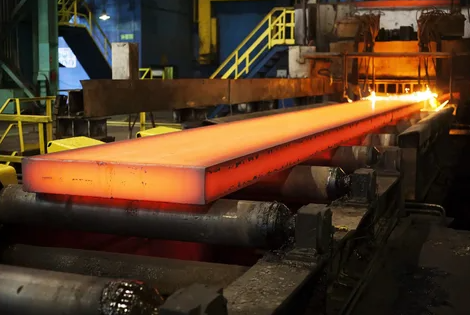The cost of Russian thermal and metallurgical coal on the Chinese market during the week of October 13–17 increased by 2–3%. Thermal coal with a calorific value of 5500 kcal per kg rose to 86.3 per ton including freight (CFR), premium coking coal PLV on the same basis - to 193 per ton.
Market sentiment in China has improved due to a new package of measures to stimulate the economy. “Steel production remains high, and metallurgical enterprises are actively demanding supplies of coke, the supply of which is becoming increasingly restrained,” analysts write.
Prices and demand for thermal coal, the review says, are rising ahead of the winter season. Some regions of China saw heavy rains and sharply cold weather in key coal-producing provinces Inner Mongolia and Shanxi.
Thermal coal is on track for a moderately positive trend for the rest of the year: “Seasonal heating demand will support prices, but overall consumption in China remains subdued, so growth will be limited.” On the coking coal market, the analyst also sees no signs of a sustainable price increase. Local deficits can cause short-term surges. As the situation on the Chinese market improves, exporters can redirect part of the coal to China from the South Korean market, where imports of Russian fuel are declining).
At the end of September, China increased coal imports by 7.64% compared to August, to 46 million tons, which was the highest monthly figure in 2025, BigMint calculated. According to analysts, the growth in imports is mainly due to an increase in supplies from Indonesia, Russia, Australia and Mongolia. Purchases are also fueled by expectations of increased industrial activity in the coming months. In January-September, China imported about 345.9 million tons of coal, which is 11.11% less than a year earlier.
The Russian Federation shipped about 65 million tons of coal to China in nine months, including 20-23 million tons of coking coal. According to him, China traditionally increases the volume of coal purchases in the fourth quarter, which is associated with preparations for the winter period, increased demand from energy companies and the need to replenish reserves. This will also support Russian supplies, the expert adds. At the same time, opportunities to expand coking coal exports from Russia to China are limited by increasing competition from Mongolia, which offers lower prices. Thus, the average cost of Mongolian metallurgical coal, according to the analyst, is more than 30% lower than Russian.
BigMint expects Chinese coal imports to remain stable in October due to autumn industrial demand and a possible reduction in supplies from domestic coal mining enterprises. But they add






